Why are the floors cold? Overview of the 7 main reasons
Are cold floors the first and most unpleasant impression of your day? Everything can be fixed. It is only important to correctly "diagnose" the problem, because the matter is not always in the absence of a "warm floor" system or the poor location of the room - everything is much more interesting. Now we will analyze the main causes of the cold floor and how to fix this problem.
Content
Reason # 1. Cracks
The first and most common culprit in cold floors is cracks. So what if floors at your dacha are just that? Try this interesting option, especially popular in the days of the USSR. Cheap and cheerful, as they say:
- Step 1. Putty the gaps between the boards with putty. Yes, you can use the most ordinary storefront, paint with ordinary floor paint and leave it like that - but it will not work. The fact is that a person presses on floorboards with his weight, and they eventually bend - which makes both putty and paint fly off quite quickly. And therefore we make putty in our own way: knead finely sifted sawdust on PVA glue (for furniture). It is with this composition that fill the gaps, having previously lubricated with the same PVA the faces of the genital laths. Glue "Joiner" is also suitable due to its water resistance.
- Step 2. Now with an ax blade, cut off the protruding old clots of paint on the floorboards and lightly sand the entire floor with medium-grained sandpaper.
- Step 3. In separate problem areas, fix the boards with self-tapping screws. Just “drown” the hats themselves, and plaster the holes with the same mixture as the slots.
- Step 4. Vacuum the entire surface thoroughly.
- Step 5. Now get a thin paper wallpaper with a wood texture (you can also any other option, of course).
- Step 6. Roll the rolls in a convenient place and cover with a thin layer of parquet varnish (dilute it a little with solvent). This is necessary in order for the wallpaper to be more durable when it is wetted with PVA glue, which is also diluted with water. In addition, otherwise the texture of the wallpaper may also wear out during smoothing. And stains from accidental touches will appear. By the way, we are varnishing exactly the texture surface.
- Step 7. Now we cut individual sheets of wallpaper - as wide as each individual board.
- Step 8. Apply glue to the boards and put the prepared sheets. If the gap is still noticeable, then gently squeeze the paper into it. But each strip should be superimposed on the next. By the way, if the varnish between the strips bursts, this will only add decorativeness to the entire coating, imitating a real plank floor.
- Step 9. Press the paper strips tightly and smooth them with a clothes brush - to remove air bubbles.
- Step 10. Use a clean rag to remove excess glue.
- Step 11. Leave the new floor to dry for at least three days. After that, we cover with parquet varnish in three layers.
Here's what it looks like:
But what to do when the gaps are too large:
Such a floor will serve you surprisingly long enough, but you will forget about drafts through the cracks forever.
But if it’s really bad, do this:
And with a complete lack of funds like this:
Reason number 2. Damp under the floor
Still a lot of worries can give damp underground. So, already in the spring, through the air, raw and warm air enters the house, and the basement at this time is still cold.Usually this stream finds its condensation point on the lags, and manages not only to fill the unprotected insulation with moisture, but even hang icicles on it. And this cold dampness directly relates to the floor.
What to do in this case? First of all, protect the insulation from below - at least with the same plastic plate. Secondly, if this happens all the time, then completely abandon vents, and organize underground ventilation through a grate in the house itself.
You also need to try to somehow insulate the foundation itself with the base so that it does not freeze so much for the winter:
By the way, you will be surprised, but your tailed tenants - the mouse - they also manage to make their moves so that you feel a considerable draft against the walls. Methods of struggle: cat, electrocat or ultrasonic repeller.
Reason number 3. Lack of insulation
When you do everything in the house with your own hands - does it ever come to your mind to put half as much insulation under the floor than the instructions are for? Hardly agree. After all, you then freeze. But a hired construction team is easy. The floor cake looks decent, everything is done, at first glance, professionally, and the lack of building materials is not so easy to calculate. Especially if you yourself understand little about this. But the same balance can be put to the second client, and everything will look decent too. But they paid the foreman for two whole sets!
Bottom line: cold floor. What to do? Checking the insulation layer is easy: find on the Internet, what layer should be the material that you have, and check with a simple metal ruler. A clear flaw? Paul will have to fully open.
So, you can also completely solve the problem thanks to expanded clay insulation - It is a light and harmless material that serves as an excellent heat and vapor barrier. Or more complex, but not less effective options for complex cases - we gave step-by-step instructions below.
If we are talking about an apartment, there are many options. And here is the simplest and cheapest option to make the floors in a private house much warmer:
- Step 1. At the bottom of the underground - clay castle, 10-20 cm.
- Step 2. On top of it we put 10 cm of foam, and it’s very tight. This insulation should completely cut off the cold from the ground.
- Step 3. On the foam - a layer of small expanded clay, up to 70 cm.
- Step 4. Now - the air gap with the vents in the foundation. For the winter we completely close them.
- Step 5. Next, we mount the wood floors. Such a floor should lie on the grooves of the logs, which are closed with a rubber band (if you have such walls). The goal of the tape is to separate the floors from the wall so that the sound of walking on the floors is not transmitted to the walls. Those. elementary sound insulation.
- Step 6. Next, lay out the rubber sheets, on which the waterproofing is laid.
- Step 7. And finally, at will - a layer of screed 7 cm thick with warm floors. Then - flooring.
If you just have a wooden floor with lags, and under it is one damp earth, do this:
- Step 1. Carefully remove the cover.
- Step 2. We process the logs with a special compound (you can even just use the used oil).
- Step 3. We fix on the logs a corner for tensioning the cord. We pull the cord - it will hold foam, and the corner can be removed. Fasten the cord to the lags.
- Step 4. We lay 50 mm foam sheets. We close the cracks between it and the tree with foam.
- Step 5. On top of the styrofoam we lay Penofol, thickness 3 mm. We install floor boards in their place.
- Step 6. Now we fix the foam from the underground. So, we take kapron roofs from the cans, and we press the foam with the help of self-tapping screws and a screwdriver.
This is the easiest and easiest way. You can also install underfloor heating:
Reason number 4. Cold foundation
Large heat loss for the floor can also be carried by the foundation with a base. What to do with this, look at the video:
And you can read more about floor and foundation insulation on the pages of our site - detailed step-by-step photo instructions have been compiled specifically for you.
Reason number 5. Laminate
Although the laminate seems warmer than tile, but children will not play on it - it’s unpleasant. Why is that? It's all about the finish layer - it's a decorative film, not a cut of natural wood. And it has greater thermal conductivity. In a word, cold laminate is a common problem. And it is usually solved in two ways: to put a technical plug under the coating, which has the property of retaining heat well, or film infrared floor.
The fastest and most reliable option, of course, is to lay a system of underfloor heating. At least in the absence of crevices and dampness, the floor will not seem cold. Just keep in mind: the “warm floor” system does not mean that your coating will heat up (the exception is ceramic tile), the discomfort will simply disappear, and no more.
The underfloor heating system is good not only because it is pleasant to walk barefoot on such a floor and moisture evaporates easily, but also because some heat will be kept even when the power is turned off.
What else can be done? If possible, if you put this cover in the castle way, lift it and lay the underfloor heating system. If glue - then do not touch. Instead, pay attention to the heating system: organize it lower than it is, fix IR heaters on the walls - they warm objects, not air, according to the manufacturer.
Reason # 6. Infrared absorption
Also pay attention to such a physical phenomenon as infrared radiation. It happens that the floors absorb heat so much that, without knowing it, you warm the underground. After all, a laminate is a good conductor. And therefore, if everything is insulated and there are no cracks in the coating - lay a layer of foil material under it, only face up. You will immediately notice the difference, believe me!
Reason number 7. Tactile sensations
And finally, one of the most unexpected reasons why the floor can be cold is purely tactile sensations. Simple physics works here: cold as a physical phenomenon does not really exist - it is simply a lack of heat. And different materials do not have the same ability to absorb this heat from other sources. And absorption takes place - for the sake of updating the same balance. And those objects and coatings seem warmer, which slowly take away your heat.
So, for example, if you get up from a familiar place, you can only feel with your palm how your body has heated one part of a sofa or bench, and the second has remained cold. Moreover, the heated place will be about the same temperature as your skin. The same applies to the floors - as soon as your foot touches them, there is a rapid heat exchange. And its intensity depends on the thermal conductivity of the flooring material: the higher, the colder the floor will appear if, however, you do not heat it from below.
It turns out that the approximate room temperature is about 18-20 ° C, and below - about 15-17 ° C. It is this temperature that the floor will have. And now you see what's the matter: 36.6 ° - 17 °? That's why we can experience quite unpleasant sensations from walking barefoot, although the house itself seems to be not cold. And it’s really possible to get sick from this - after all, heat is “downloaded” from us, and the body needs it.
So what to do? And is it then necessary to install a "warm floor"? Not at all. If you definitely do not have gaps and the floors do not freeze due to an improperly arranged underground and it is definitely not about organizing heating, then work with the flooring itself. So, ceramic tile has the greatest heat conductivity - it most quickly “robs” heat from us, especially in the area of the bathroom. And do not go endlessly in rubber slippers, and the rugs in such a room can become damp.Not to mention the fact that nobody will tear off the tile again - otherwise, a warm floor system cannot be placed under it.
Here, look how such a problem is solved overseas with humor and creativity:
A modern PVC tile is also a good option: it has the same low heat conductivity as cork. You can even bring it to the balcony for the sake of experiment, leaving it there for the whole winter night. By morning pick up - it will not seem cold even then.
Do not endure the cold - the time and effort spent is worth meeting every morning with comfort!

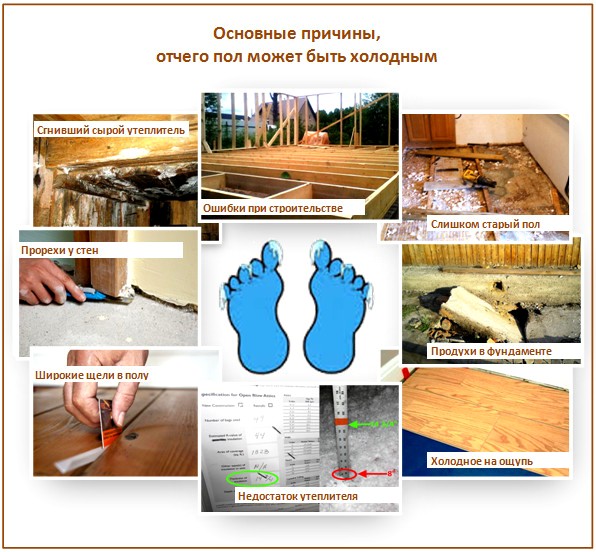
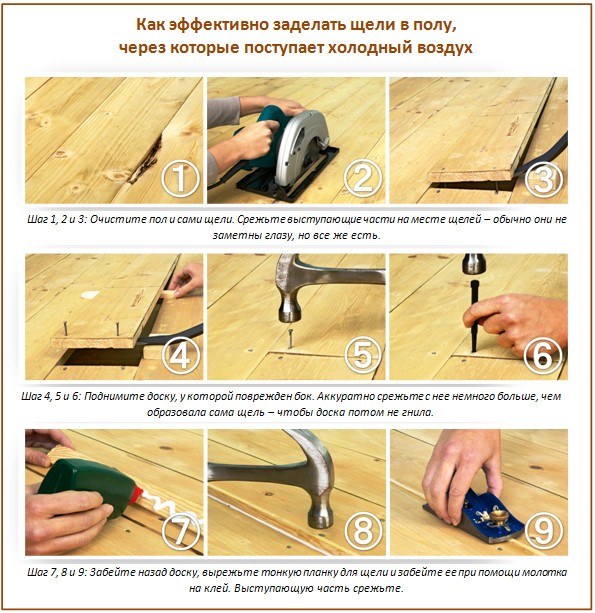
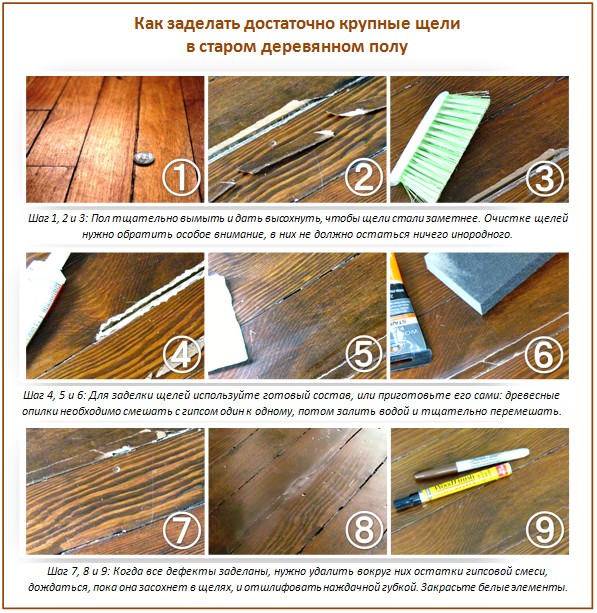
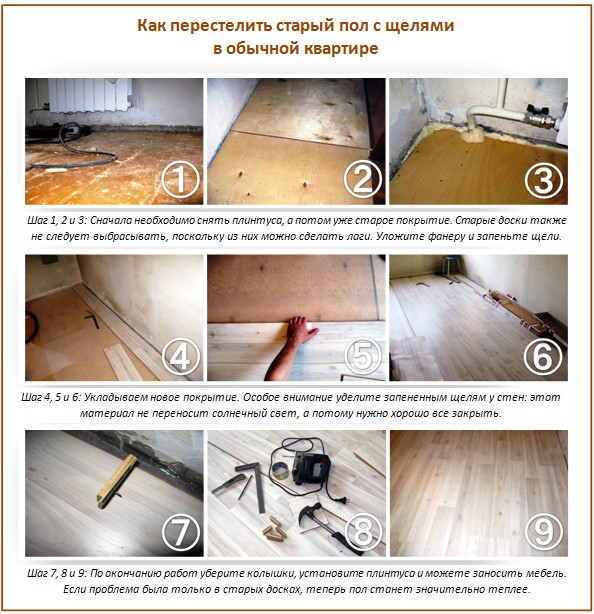
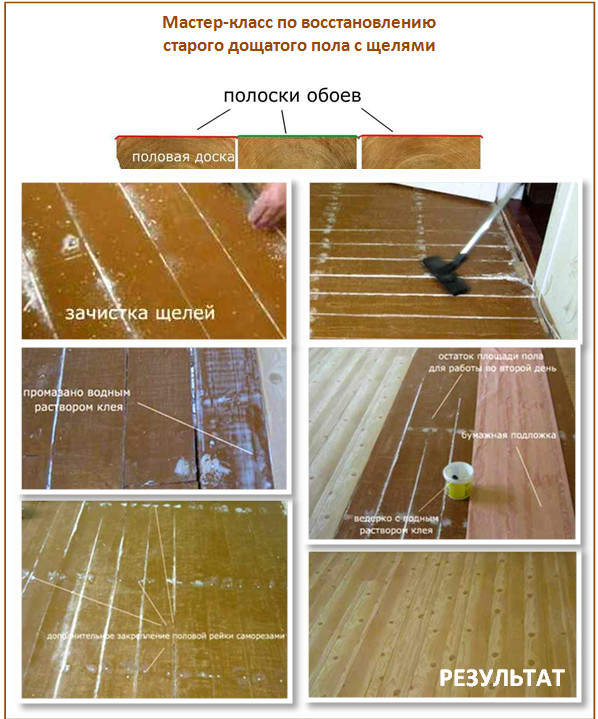


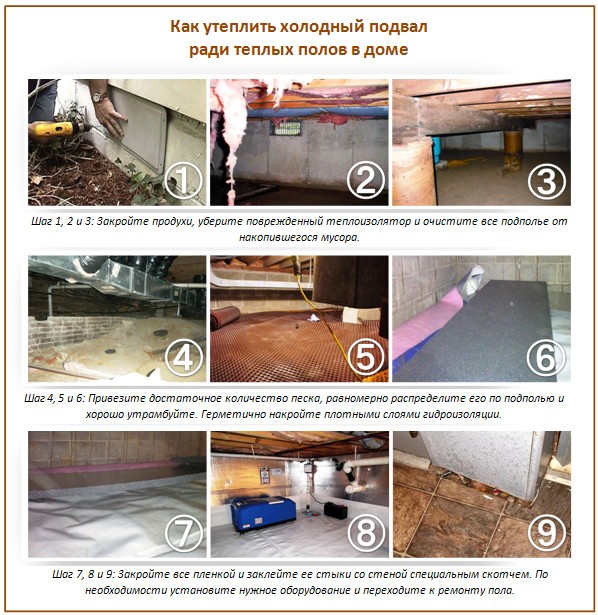
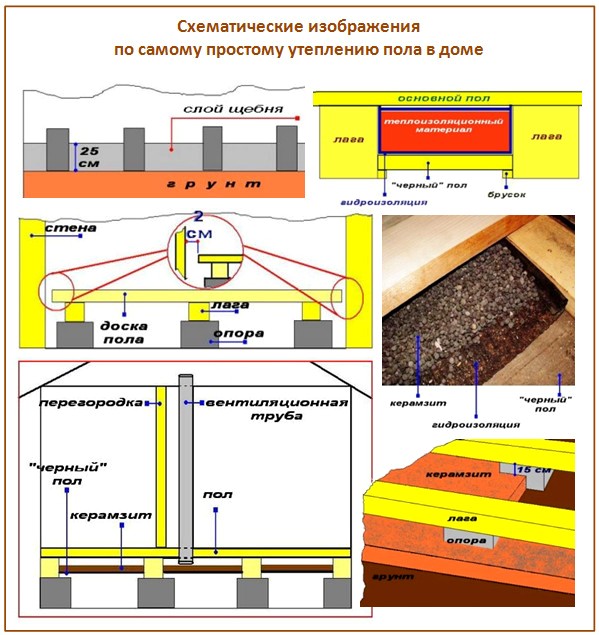
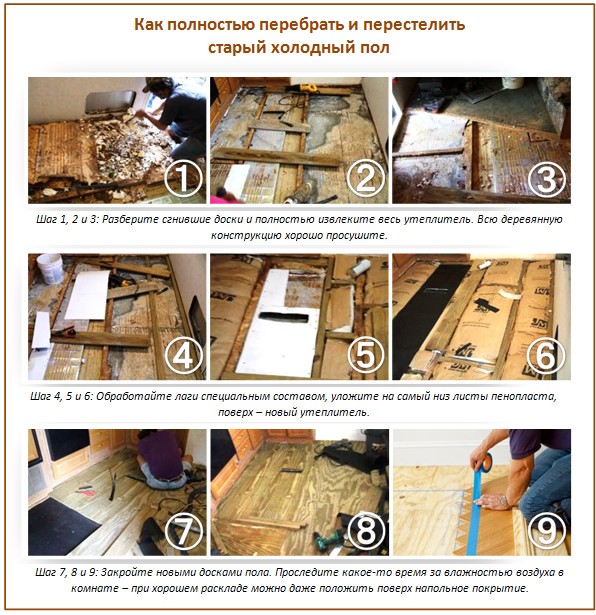
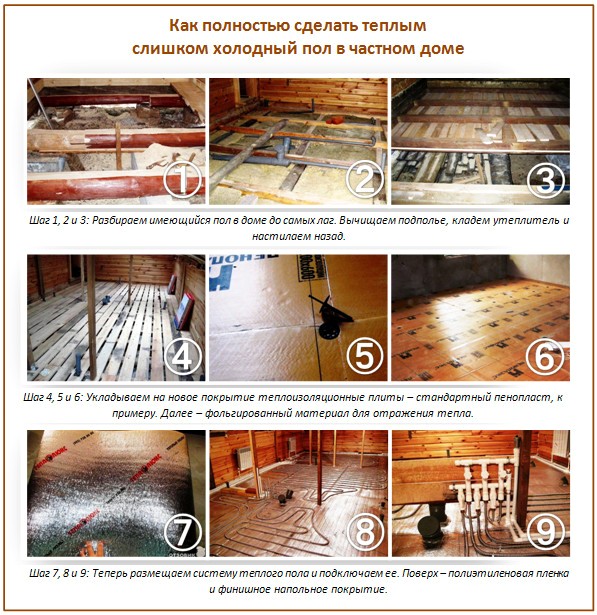



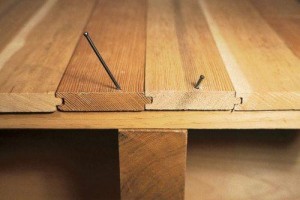
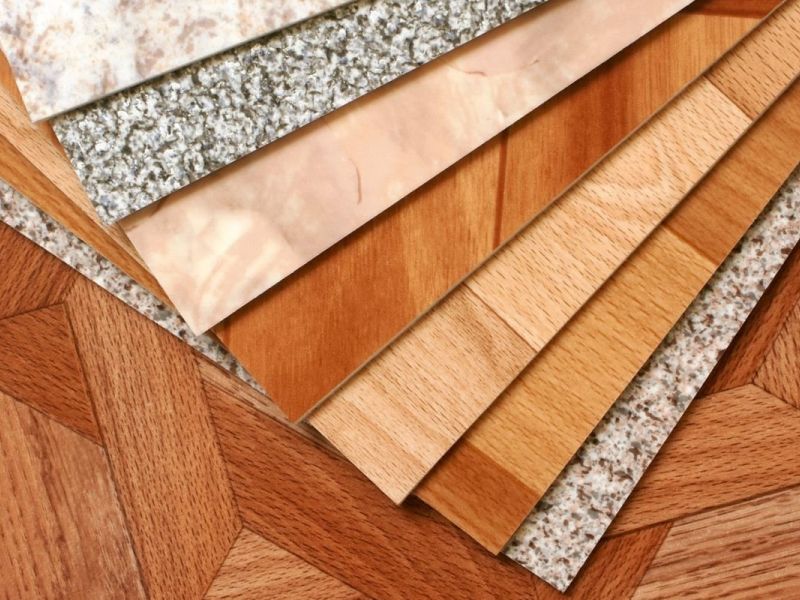

2 comments